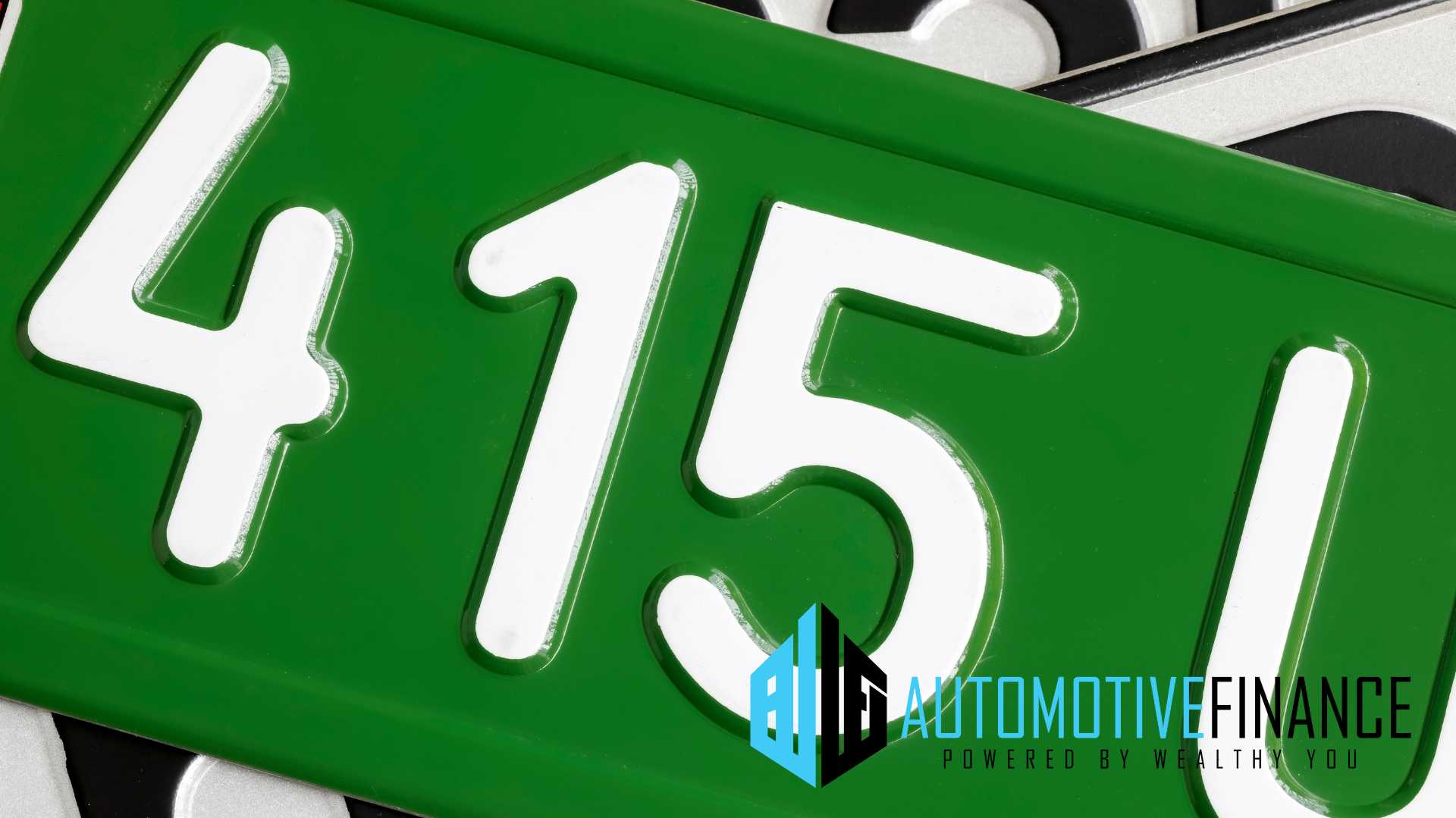Unlocking the Secrets of Vehicle Identification Number: A Comprehensive Guide
In the wide universe of motor vehicles, a certain code is at work in most automobile designs that remain unseen yet play an important role in carrying out transactions, ensuring safety, and maintaining originality—Vehicle Identification Number (VIN). This post will dig deep into VINs, their importance, past and different ways of using them.
Introduction
Definition and Purpose of Vehicle Identification Number (VIN)
A VIN is an alphanumeric code that is given to each motor vehicle that is being manufactured at any point in time. It works as a “fingerprint” for the vehicle giving information on its manufacturer, type and year built among other things.
Importance of VIN in the Automotive Industry
Vehicle Identification Number (VINs) contribute to the functionality of the car industry by facilitating registration up to recalls. Its functions include recognition as well as facilitating accountability allowing operations of the vehicle sector to go on as planned.
History and Evolution of VINs
Origins and Early Adoption
Back in the early 1950s when automakers needed a universal way to distinguish vehicles, the idea of VINs became a reality. At first, they were implemented only in America but later spread worldwide.
Standardisation and Regulation
Standardisation became necessary with the increase in vehicle manufacture and expanding international trade. It was due to this that regulatory bodies such as the National Highway Traffic Safety Administration (NHTSA) played a very important part in coming up with VIN standards and regulations.
Modernisation and Digitalisation of VIN Systems
In the digital age, VINs have undergone significant modernisation. From traditional stamped plates to embedded electronic tags, technology has revolutionised VIN systems, enhancing efficiency and accuracy.
Structure and Components of a VIN
Breakdown of Alphanumeric Characters
A typical VIN comprises 17 characters, each carrying specific information about the vehicle. These characters are not randomly assigned but follow a structured format governed by international standards.
Meaning and Significance of Each Character
Every character in a VIN has a unique significance, representing details such as the manufacturer, vehicle type, engine size, and more. Understanding these characters is crucial for decoding VINs accurately.
VIN Decoding Process
Decoding a VIN involves dissecting its characters and interpreting their meanings. Various online tools and databases simplify this process, enabling users to retrieve comprehensive information about a vehicle.
Uses and Applications of VINs
Vehicle Registration and Titling
VINs serve as the primary identifier during vehicle registration and titling processes. They help authorities verify ownership, track vehicle history, and prevent fraud.
Vehicle History Reports and VIN Check Services
Prospective buyers rely on VIN-based vehicle history reports to assess a vehicle’s past. These reports provide insights into its ownership, accident history, maintenance records, and more.
Law Enforcement and Anti-Theft Measures
VINs play a crucial role in law enforcement, aiding in the recovery of stolen vehicles and combating vehicle-related crimes. They enable authorities to trace a vehicle’s origin and ownership, facilitating investigations.
Manufacturer Recall and Warranty Information
Manufacturers use VINs to identify vehicles affected by recalls and warranty issues. By tracking VINs, they can notify owners about potential defects and ensure timely repairs or replacements.
VINs in International Context
Variation in VIN Formats Across Different Countries
While VINs follow a standardised format, variations exist across different countries and regions. These variations stem from regulatory differences, language considerations, and historical precedents.
Challenges and Solutions in VIN Standardisation Globally
Global standardisation of VINs presents challenges such as language barriers, regulatory discrepancies, and technological limitations. Addressing these challenges requires collaborative efforts among stakeholders worldwide.

Emerging Trends and Technologies in VIN Systems
Integration of VINs with IoT and Blockchain
The integration of VINs with emerging technologies like IoT and blockchain holds promise for enhancing transparency and security in the automotive industry. It enables real-time tracking, immutable record-keeping, and secure transactions.
Enhanced Security Features and Anti-Counterfeiting Measures
In response to rising concerns about vehicle theft and counterfeit parts, manufacturers are incorporating advanced security features into VIN systems. These features include tamper-evident labels, encrypted data, and biometric authentication.
Potential Impact of Autonomous Vehicles on VINs
The advent of autonomous vehicles poses new challenges and opportunities for VIN systems. As vehicles become increasingly connected and autonomous, VINs may evolve to encompass additional data points related to autonomous technology and vehicle behaviour.
Future Outlook
Continued Evolution and Adaptation of VIN Systems
As technology advances and consumer demands evolve, VIN systems will continue to evolve, adapting to new challenges and opportunities. From enhanced data analytics to seamless integration with emerging technologies, the future of VINs is ripe with possibilities.
Implications for Automotive Industry and Consumers
The evolution of VIN systems will have far-reaching implications for both the automotive industry and consumers. Manufacturers will benefit from improved traceability and quality control, while consumers will enjoy greater transparency and confidence in their vehicle purchases.
Vehicle Identification Number (VINs) are more than just a string of characters—they’re the linchpin of the automotive industry, facilitating transactions, ensuring safety, and preserving trust. As VIN systems continue to evolve, they will remain indispensable in an increasingly complex and interconnected automotive landscape.
Frequently Asked Questions
1. What information does a VIN provide?
A VIN provides information such as the manufacturer, vehicle type, model year, engine size, and more.
2. How do I decode a VIN?
Decoding a VIN involves breaking down its characters and interpreting their meanings. Various online tools and databases can assist in this process.
3. Can VINs be tampered with?
While VINs are designed to be tamper-evident, instances of VIN tampering do occur. It’s essential to verify a vehicle’s VIN against its documentation and history reports to detect any discrepancies.
4. Are VINs standardised globally?
While VINs follow a standardised format, variations exist across different countries and regions due to regulatory differences and historical precedents.
5. How are VINs used in vehicle recalls?
Manufacturers use VINs to identify vehicles affected by recalls and notify owners about potential defects. VINs help ensure timely repairs or replacements to address safety concerns.
Get in touch with us if you have any further questions. Our team of experts is here to assist you.




You can also connect with us on social media: Facebook, Twitter, Instagram, LinkedIn
Get In Touch
Services


